A Mixed Market for the Mercedes-Benz SLR McLaren and SLS AMG
It’s been almost 15 years since Mercedes-Benz introduced its gullwing-doored bruiser, the SLS. It’s been more than 20 since the part-GT, part-hypercar SLR McLaren burst onto the scene. Both were halo models at the house of the three-pointed star, and each spawned multiple versions that vary in appearance, performance, and price. They’re also both old enough that they’re no longer contemporary (even if their performance still is), and the market has seen values for some versions skyrocket even as values for other versions languish. So, what’s the current state of things for these two big, range-topping Benzes?
Mercedes-Benz SLR McLaren, aka the McMerc
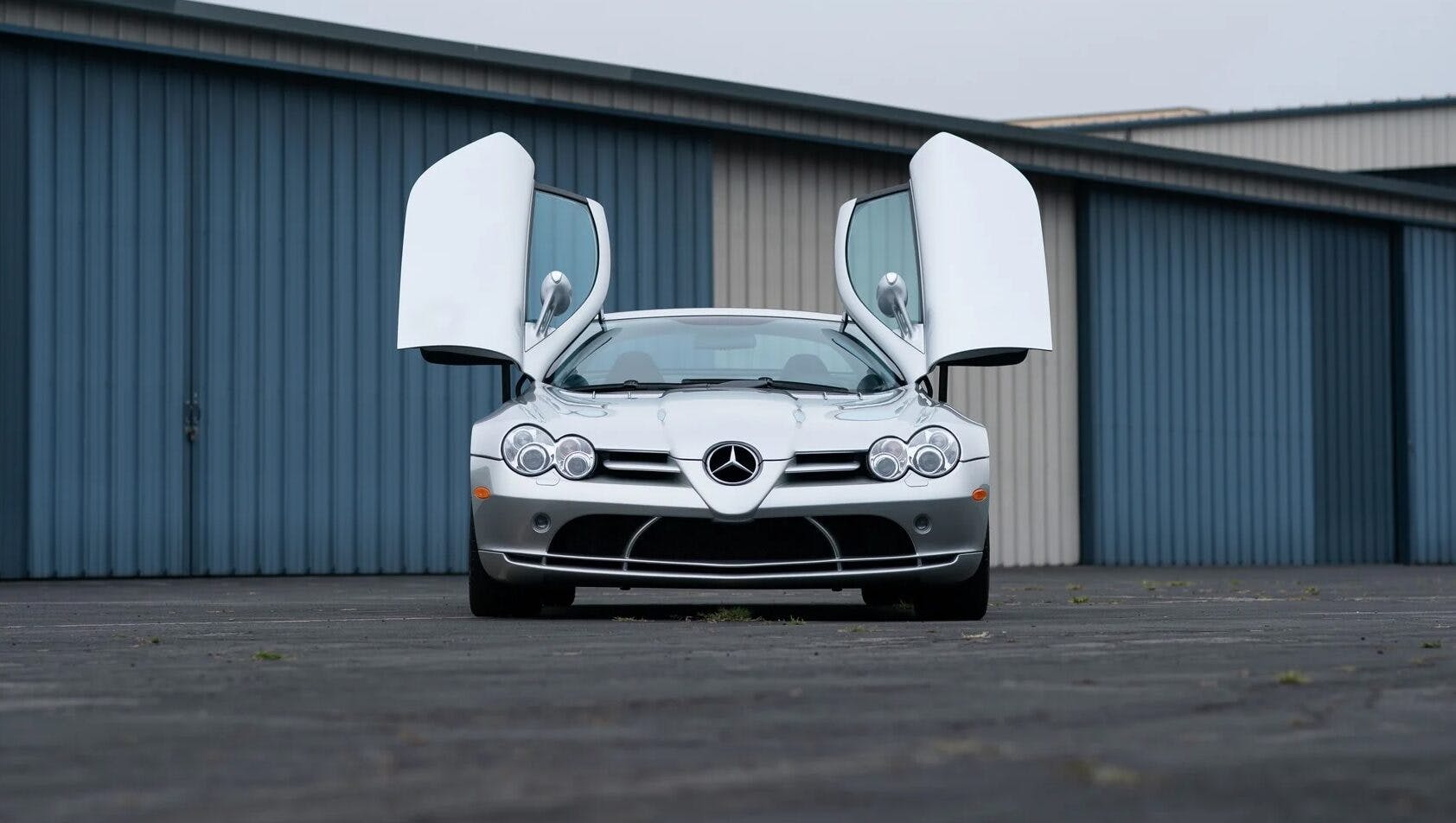
Despite its German good looks and the huge badge on its nose, the SLR McLaren really is as much a McLaren as it is a Mercedes. In the early 2000s, Mercedes-Benz was still years away from launching its successful F1 team, but it was the engine supplier in the sport for McLaren, held a sizable stake in the British company, and collaborated on a new 21st century sports car inspired by the 300 SLR Uhlenhaut Coupe from the 1950s. Mercedes was responsible for the styling while McLaren did most of the design and final assembly, though the Germans had plenty of input.
This would be only the second production road car by McLaren, following the F1. The car’s designer, Gordon Murray, wanted it to be a light-ish mid-engine naturally aspirated supercar, but one look at the final product shows how much say Mercedes had in the matter. There are plenty of cutting-edge touches throughout, like a carbon fiber monocoque, full carbon fiber bodywork, active aero, carbon-ceramic brakes, and a dry-sump-lubricated engine shoved way back in the chassis, for a front-mid-engine layout. It also has a flat underbody and rear diffuser, which necessitated the use of side exhaust pipes.

But it is still a traditional-looking front-engine car, with a fully leather-lined interior from the SL. The only transmission is an auto, and as the McMerc hails from the days before dual-clutch gearboxes took over the world, this is just a five-speed torque converter automatic (with three manual modes), called the AMG SPEEDSHIFT R. The hand-built 5439-cc V-8, fed by a twin-screw supercharger for 617 hp and 575 lb-ft, is powerful but heavy. And indeed, the whole car is heavy, tipping the scales at nearly 3900 pounds despite all that carbon. The result, then, was a transcontinental super-cruiser with a mixed identity. The SLR (Sport Leicht Rennsport, or “Sport Light Racing”) McLaren dropped for the 2004 model year with a $455,000 price tag, and for that much coin you got a 207-mph top speed, 0–60 in the mid-3-second range, and a shape unlike anything else on the street.


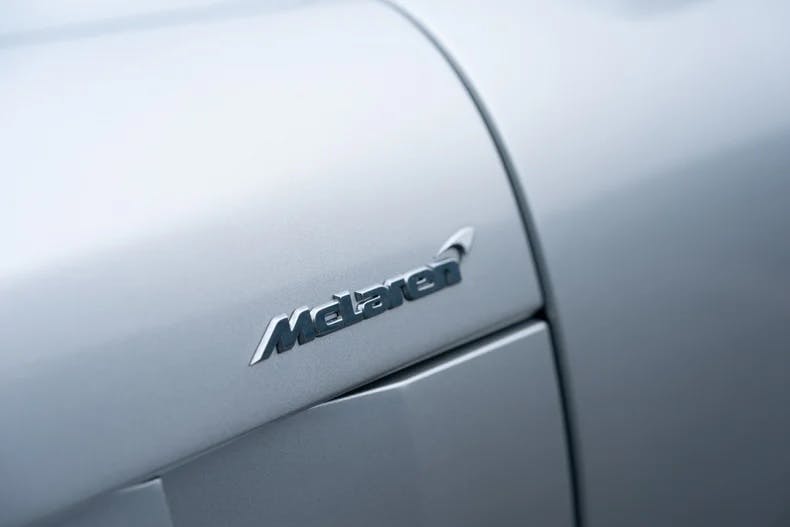
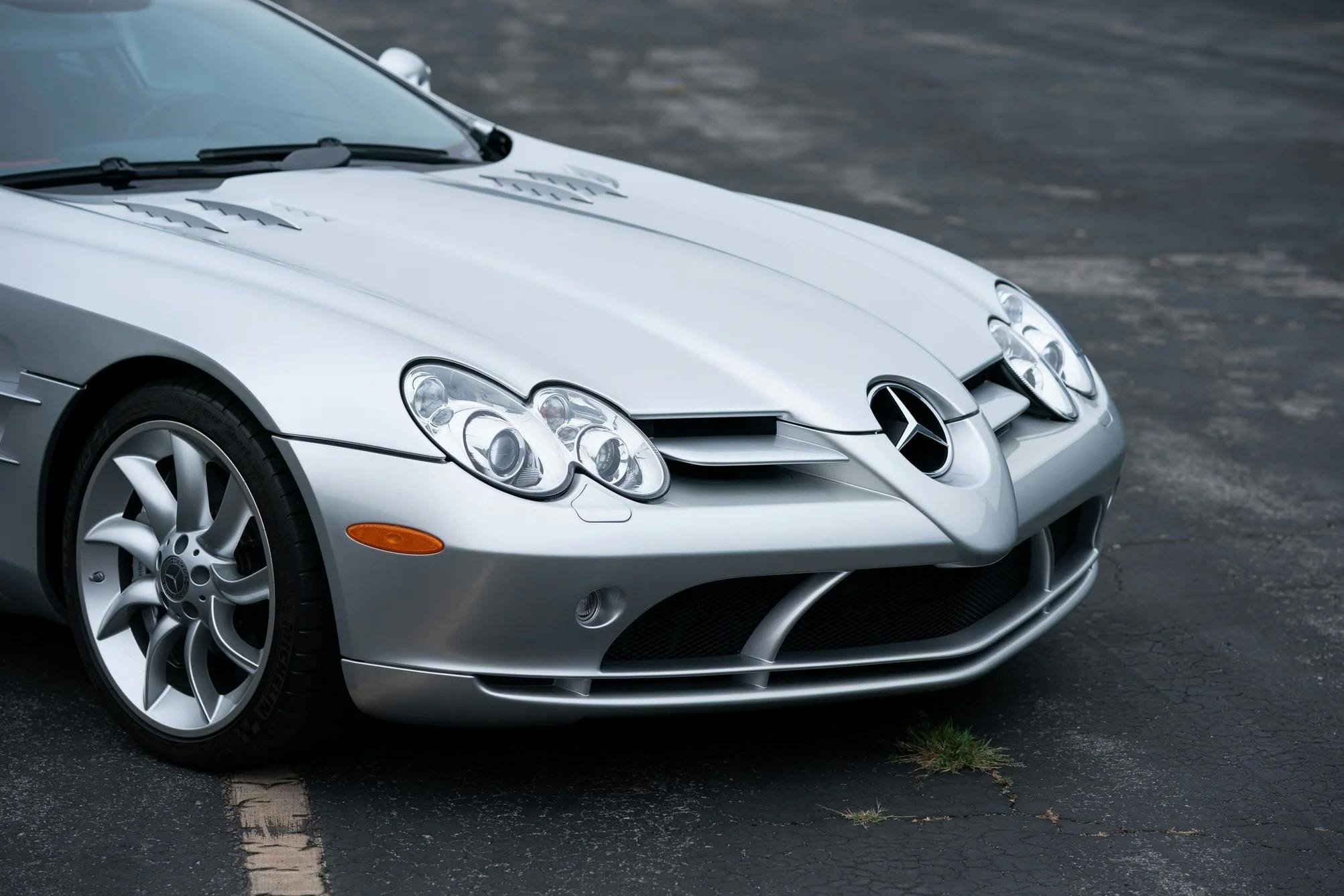
The press liked it, with Car and Driver calling it “somewhere between all-out supercar and civilized grand tourer” and celebrated the fact that “smooth ride and precise handling are no longer mutually exclusive; nor are creature comforts and high power. You can indeed have your cake and eat it, too.” Top Gear’s test of the SLR noted the car was “no harder to handle than a vacuum cleaner” despite being faster than many other proper supercars. Due to its performance and price tag, comparisons between two other cars introduced around the same time—the Porsche Carrera GT and Ferrari Enzo—were inevitable. But they were three very different cars.
Mercedes-Benz earmarked production of 3500 cars over seven years, but six model years and multiple variants resulted in only 2157 sales. Of the variants, the first was the 722 Edition introduced in 2006. Another nod to the 1950s, “722” refers to the race number/start time of Stirling Moss’ Mille Miglia–winning 300 SLR from 1955. In the SLR McLaren, 722 meant a boost to 641 hp and 605 lb-ft, as well as 19-inch alloy wheels, lower ride height, stiffer dampers, bigger front brakes, and aero improvements. A convertible version of both base and 722 arrived in 2007. The ultimate, though, is the SLR McLaren Stirling Moss. Fitted with spectacular speedster bodywork sans roof or windscreen, it’s a modern take on Moss’ Mille Miglia racer and shed 100 pounds in weight compared to the standard model. Production numbered just 75 units, at over $1M apiece.
Mercedes-Benz SLS AMG
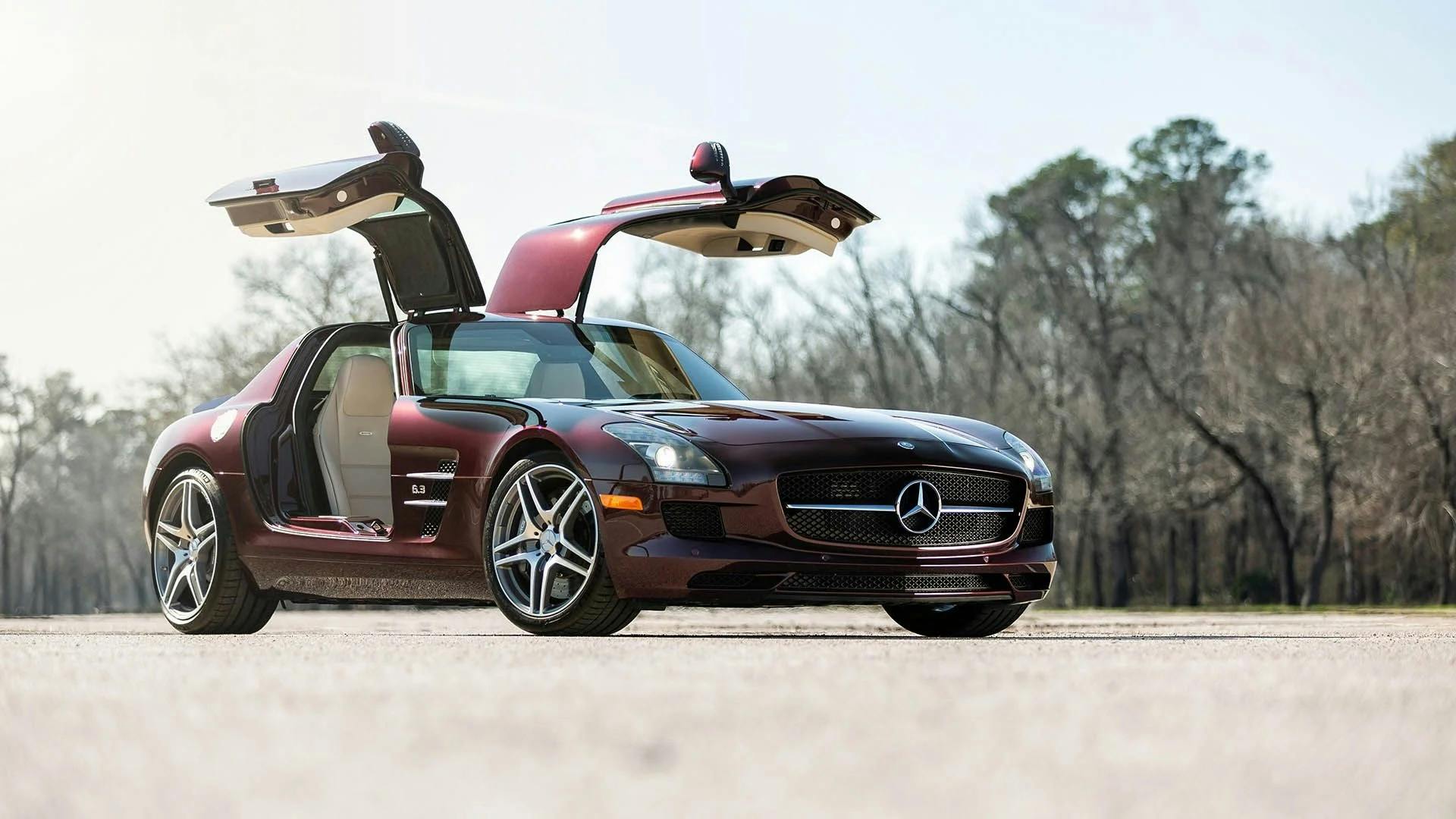
Technically, the SLS (Super Leicht Sport, or “Super Light Sport”) was the successor to the SLR McLaren. It debuted as the SLR bowed out, and the two share similar dimensions, curb weights, and performance figures. But the SLS is not an evolution of the SLR. It’s an entirely new design. And whereas the SLR was a collab with McLaren, the SLS was the first Mercedes designed from scratch by AMG. It was also far less expensive when new and built in significantly higher numbers, though still a very expensive and exclusive car at over $200K. And while its naturally aspirated V-8 is less powerful and the car’s straight line speed a bit slower than that of the SLR McLaren, the SLS AMG is a bit quicker around a race track.
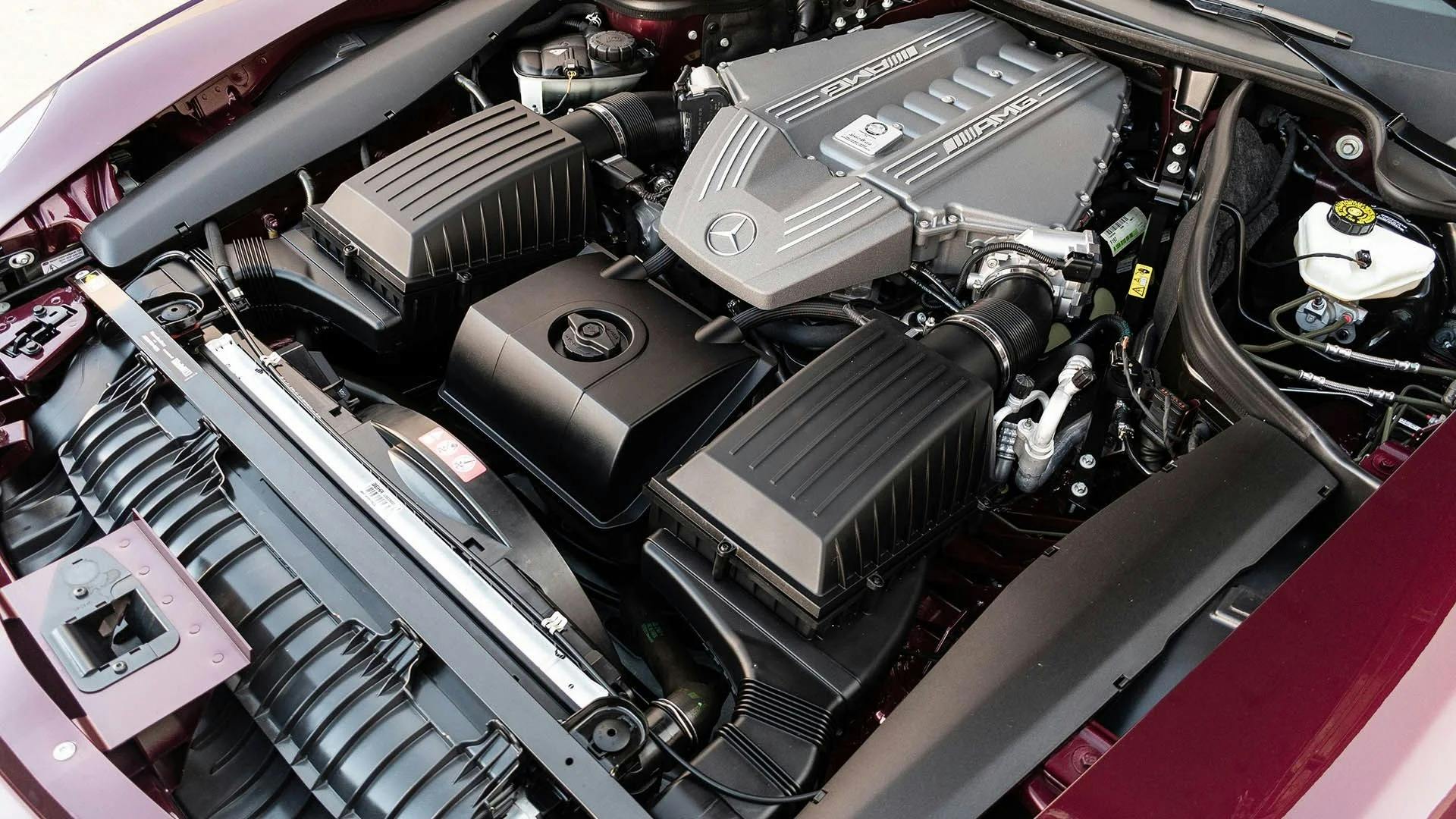
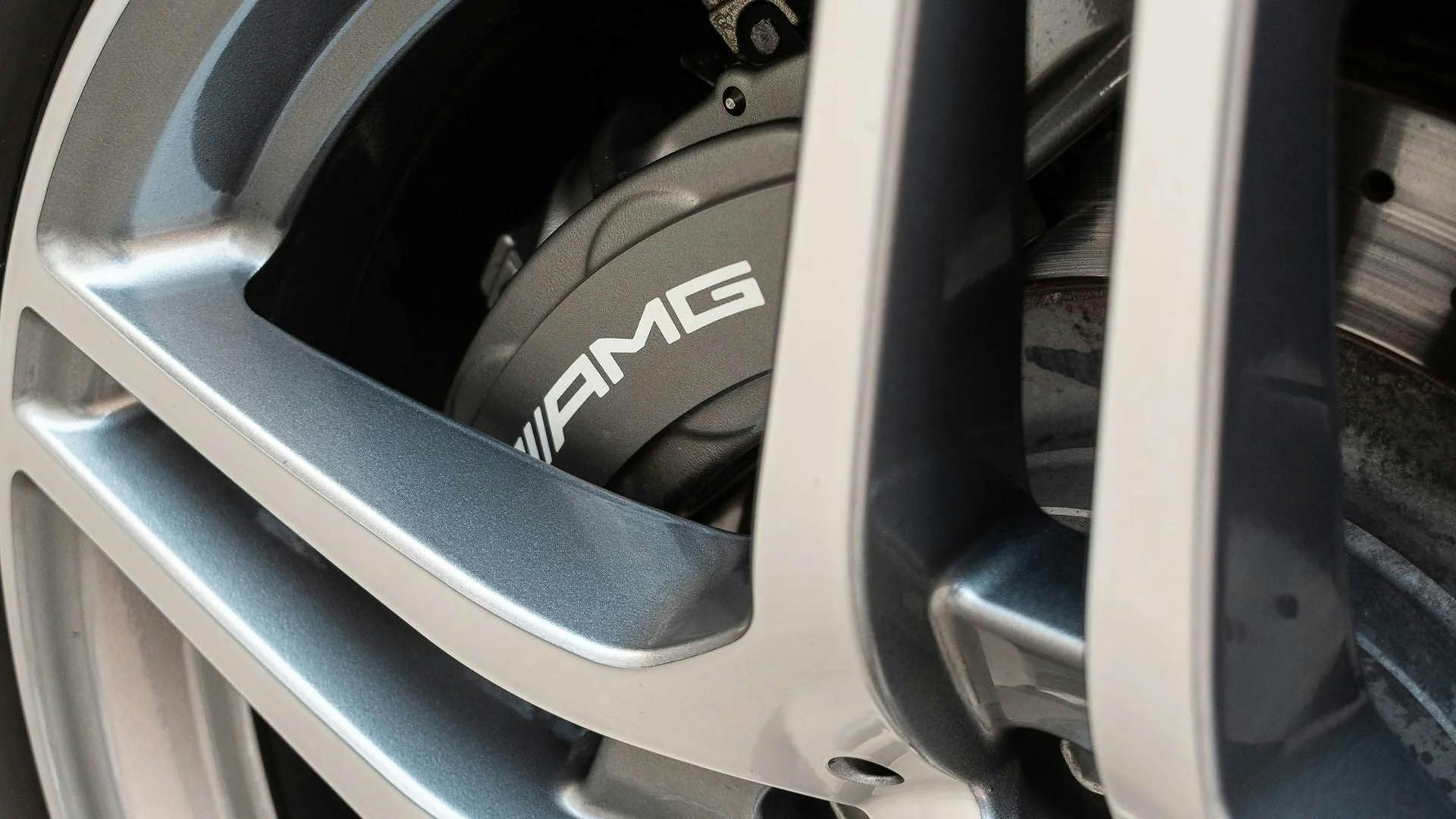
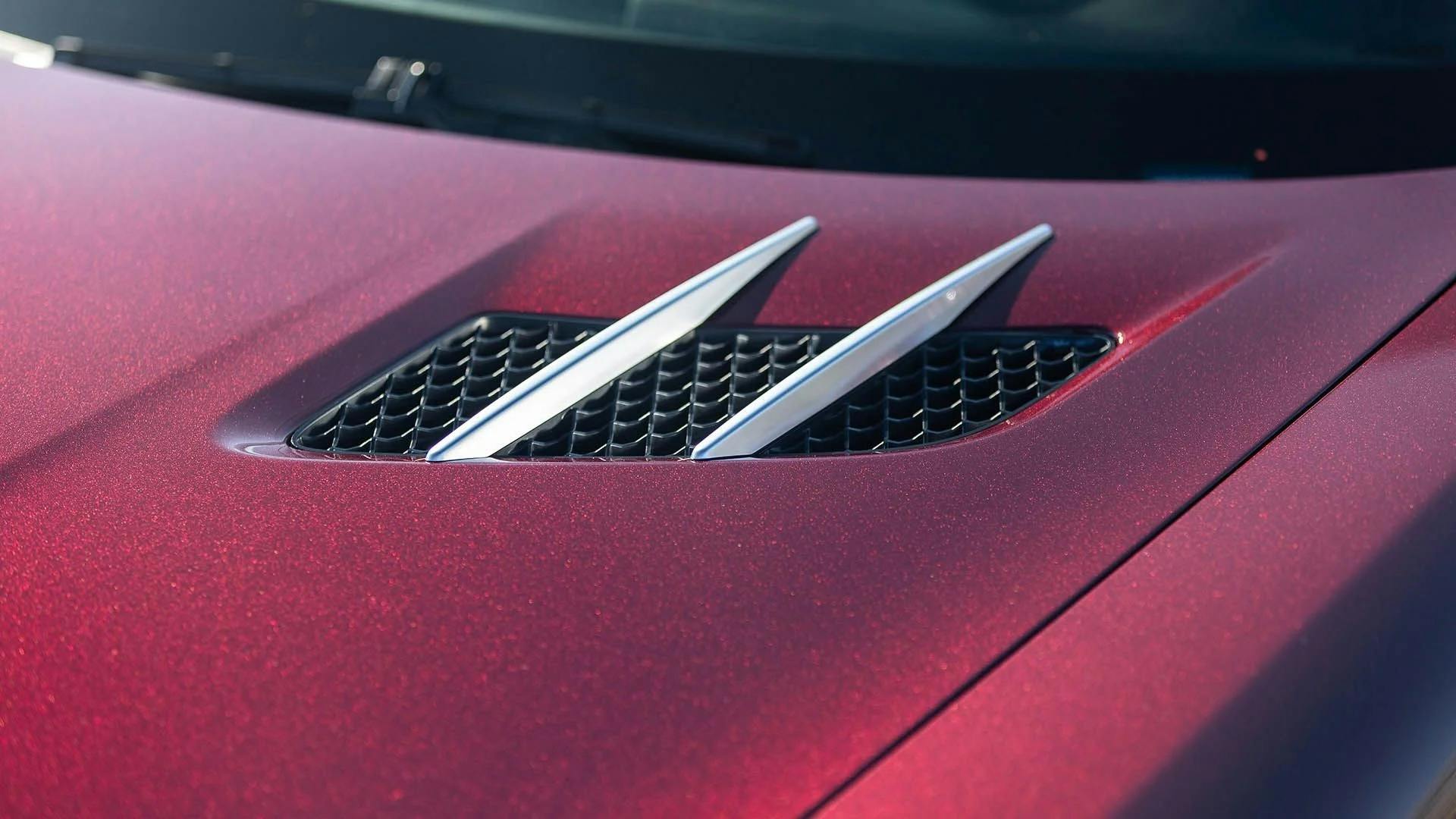
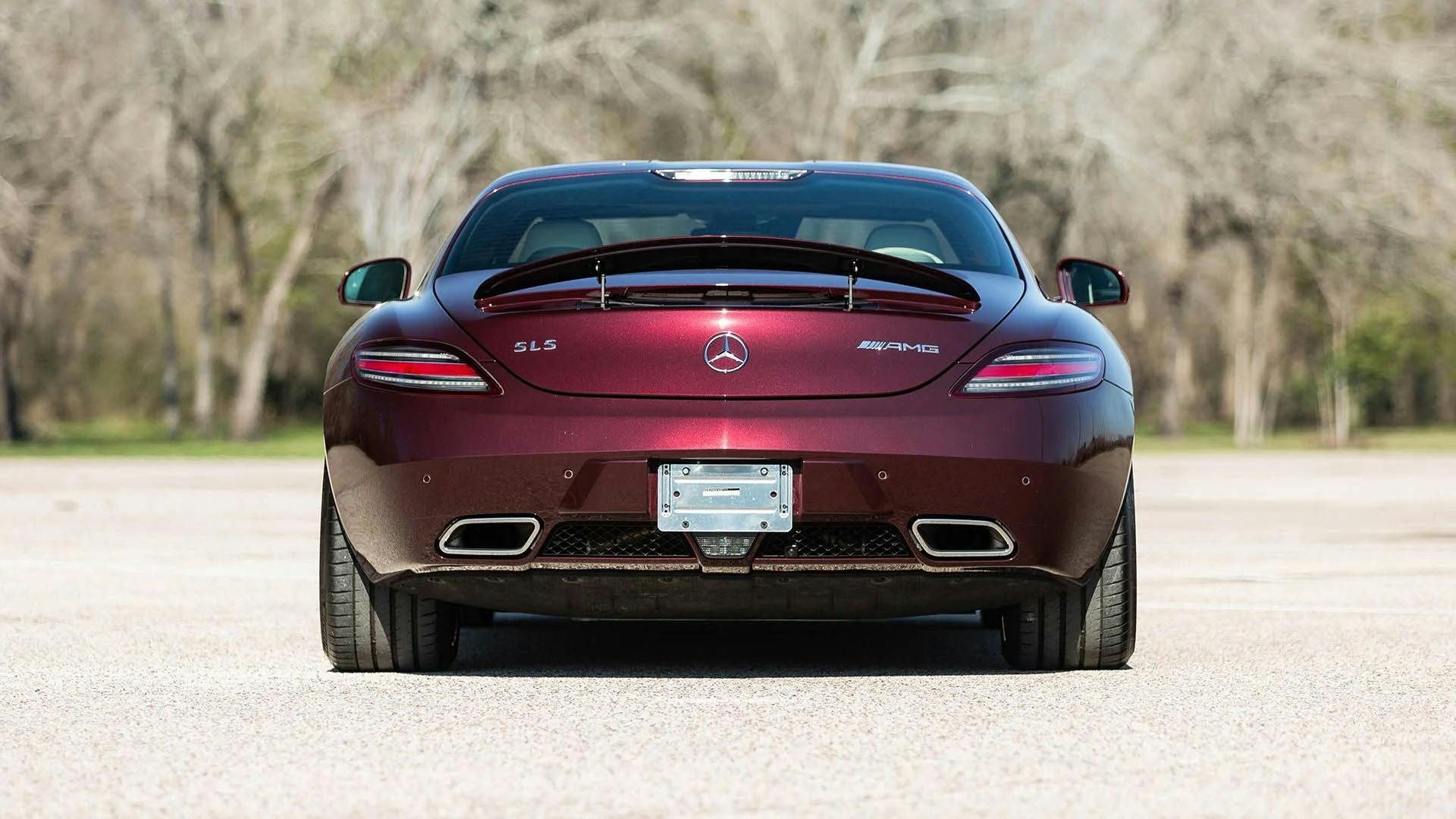
The 6.2-liter engine makes 563 hp and 479 lb-ft, good enough for 0–60 in a claimed 3.8 seconds and 196-mph top speed. Shifting is via an AMG SPEEDSHIFT seven-speed dual-clutch automatic transaxle. On top sits an aluminum body, and the SLS AMG’s party piece is its pair of gullwing doors—the first time Mercedes had employed the elegant doors on a production car since the 300SL of the 1950s. But while the 300SL’s doors were a practical necessity, they’re simply a cosmetic choice on the SLS. And, thanks to modern safety concerns, in the event of a rollover (you can’t open gullwing doors when the car is flipped over), a controlled explosion via the bolts at the top of the door frame allow the doors to be removed altogether. Speaking of safety, the SLS AMG also served as the official Formula 1 safety car starting in the 2010 season.

U.S. sales for the SLS started in mid-2011. Motor Trend noted that, like the SLR McLaren, this was a car of dual identities, summing it up as “commuter/carver: like a fighter/bomber, it’s good at both, excellent at neither” but also noting that it “might not be the most agile track star in the supercar world, but that’s OK. The SLS will still reward drivers and casual enthusiasts with a car that’s perfectly fine as a commuter car—provided they don’t mind the attention—and is also a capable canyon carver.”

A convertible version also debuted in 2011, and in 2012 a new SLS AMG GT model came with a hotter 583-hp engine, quicker shifts, better trim, and different wheel options. As SLS production wrapped up in 2014 to make way for the cheaper AMG GT, Mercedes sold an SLS AMG GT Final Edition as a send-off with an exposed carbon hood and front splitter as well as a fixed rear spoiler. Production was 350 units.
One oddball variant was the AMG Electric Drive in 2013. It featured four electric motors for a combined 740 hp and 738 lb-ft and just nine were built. High-performance EVs seem like a dime a dozen these days, but in 2013 such a car was way ahead of its time. Just nine were built.
The ultimate SLS is the Black Series, produced from 2013 to 2015. Inspired by the GT3 race version of the SLS, it came with 622 hp, 468 lb-ft, and a booming 8000 rpm redline. This was the most powerful naturally aspirated production V-8, until the recent introduction of the C8 Corvette Z06. The Black Series also utilizes more carbon fiber for the body and frame, titanium exhaust, a lower-mounted gearbox with faster shifts and a shorter rear axle ratio, new suspension, a wider track, and AMG ceramic brakes. Road testers praised its combination of race-car–level speed with Mercedes-level refinement, and noted that while the standard car could get a little loose and twitchy out back, the Black Series was more dialed in. This version of the SLS cost $276K when new, and just 132 made it to the United States.
The Market
In the nearly 15 years since McLaren and Mercedes axed the SLR, values haven’t done much. The condition #1 (“best in the world”) price for a standard coupe is $454K, which is nearly exactly what it cost new (adjusted for inflation, $455K in 2004 is over $765K today). Meanwhile, prices for its period rivals from Ferrari and Porsche have soared, to the point that the McMerc isn’t even in the same zip code.
In fact, the median condition #2 (excellent) value for this car is actually down nearly 3 percent over the past 10 years. Today, standard coupes are worth the least, with convertibles slightly higher, and 722 and 722 S Editions higher still. Only the Stirling Moss version has really taken off from its original price, with three examples sold at auction this year for over $3M.
By nature of its exotic ingredients and who actually built it, an SLR McLaren isn’t as easy to live with as a C-Class or a regular SL. There is support for these cars, though, as McLaren has a program for owners to send back their SLRs for upgrades or spec changes.
As for the SLS, it’s a newer, more practical car that is also more straightforward to live with and easier to find parts for. While SLSs are far less expensive, they’ve held their value quite well and even saw a sizable bump during the pandemic boom in the early 2020s. Over the last five years, the median #2 value is up 34 percent.
The Black Series, though, has outpaced the rest, rising 58 percent in that time frame. It currently carries a #2 value of $560,000, although several have sold at auction for over $700K.
Both of these big Benzes, SLR and SLS, are more modern collector car than used semi-exotic. They both effectively played on the company’s 1950s glory without overdoing it, and each spawned multiple versions that served and continue to serve different needs, budgets, and tastes. Naturally, the market treats them differently. The standard versions, especially for the SLR, are sleepier, while the rarer, higher-performance models of both have appreciated more noticeably and have the best long-term prospects of collectibility.



A really well written piece on some great cars of the 2000’s
Next time. Please feature the AMG GTR!
Always liked the looks of the MB – AMG tourers. Brawny and stylish in addition to their performance. Drive an AMG briefly. Nicest exhaust note with the push into the seat feel.
The “McMerc” as you call it I think never got it’s appreciation. The stories of the compromises I think scared some people off.